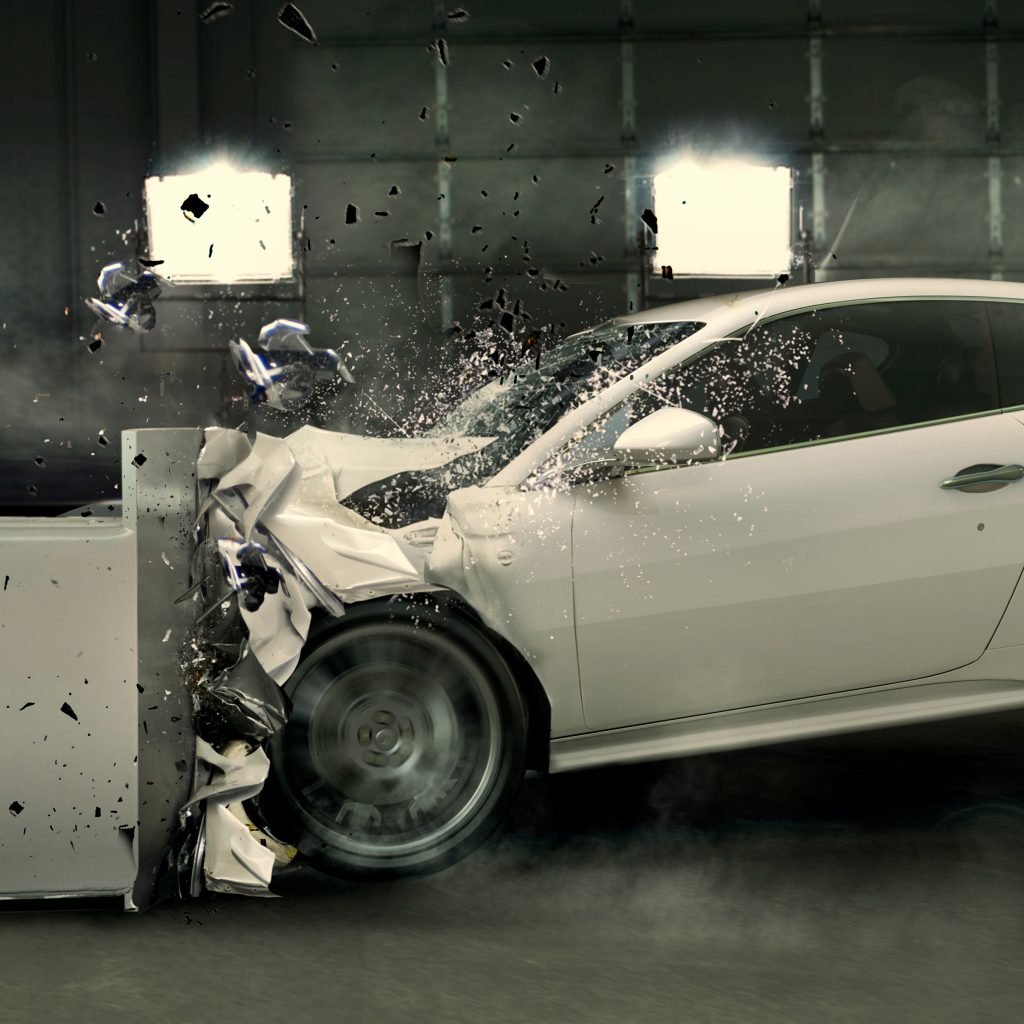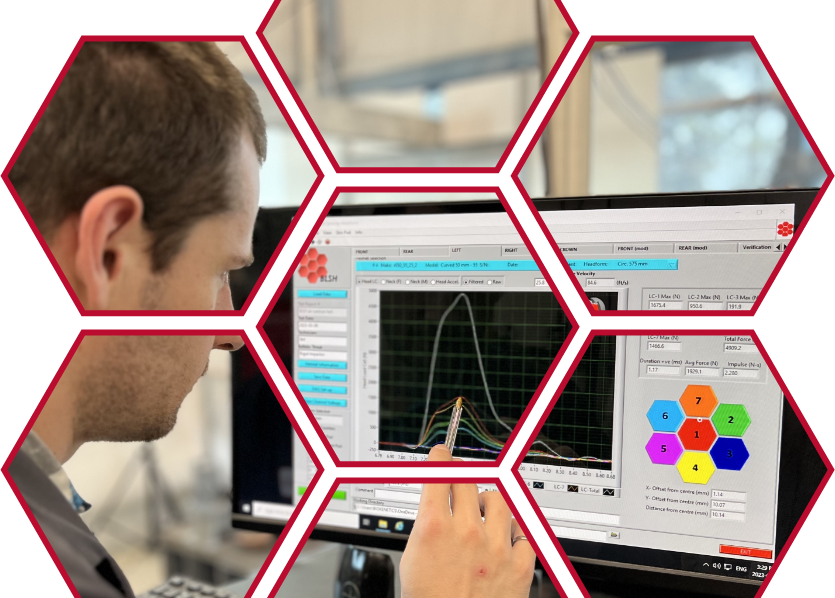
Impact trauma, often referred to as blunt force trauma (BFT), can have profoundly detrimental effects on the human body, lasting well beyond the point of impact. The sudden, forceful transfer of kinetic energy into the human body can lead to a variety of injuries, ranging from minor contusions to severe, permanent damage to soft tissue organs, significant disfiguration, and even death. For professionals exposed to a higher risk of BFT, such as high-level athletes, military and law enforcement professionals, etc, it is essential to utilize effective protection equipment (PPE) that helps to mitigate the potential for lasting bodily harm.
At Biokinetics, we know that a thorough understanding of the harms caused by BFT is critical to ensuring that PPE equipment is as effective as possible. We’re proud to be at the forefront of the industry for blunt force trauma and ballistics testing and offer decades of industry-leading experience to manufacturers and regulators across North America.
Below, we’ll examine the repercussions of BFT on the human body to highlight the importance of understanding how kinetic energy can harm humans. Read on to learn more.
What Are the Immediate Consequences of Blunt Force Trauma
When the body experiences blunt force trauma, there are a variety of injuries that can occur immediately, including:
Contusions and Lacerations
Contusions (bruising) and cuts are two of the most common forms of blunt force impacts. They occur when blood vessels rupture beneath the skin or when the skin barrier itself is compromised. Contusions and lacerations can vary in severity, with minor bumps and bruises healing quickly and more extensive bruising acting as a symptom of a greater injury or taking several months to heal. Fractures, bone breaks or splints can occur when the body is subject to unexpected impacts, the severity of which depends on the amount of force applied, the strength of the bone, the distribution and the direction of the impact force.
Internal Bleeding
Internal bleeding can result from forceful impacts, with organs being damaged. Internal damage can be highly dangerous as it is often not readily visible and can lead to significant blood loss and even organ failure or permanent damage if left untreated. Organ injuries can be fatal and require immediate medical intervention. An example of where this type of injury can occur is when a bullet is defeated by body armour but the deformation and focal nature of the behind armour forces result in the transfer of significant energy leading to internal tissue damage. The severity of behind armour blunt trauma (BABT) can be reduced with the use of body armour having low back face deformation (BFD) as assessed with ballistic performance standards such as the NIJ Standard 0101.07 “Ballistic Resistance of Body Armor”. Other examples can be found in automotive collisions with restraint system interactions or in sports during player impact.
Long-Term Effects of Blunt Force Trauma
The harm caused by blunt force trauma can often extend well beyond the initial impact, with lasting injuries that continue to cause harm and lower the quality of life for the affected individual. Long-term effects include chronic pain, mobility issues due to broken bones or amputated/severed limbs, organ dysfunction, traumatic brain injuries, psychological conditions (anxiety, depression, PTSD), etc. While these long-term effects may not be as acute as initial injuries, they can prolifically alter an individual’s way of life, career, and overall health.
The Role of Blunt Force Trauma Testing in Prevention
At Biokinetics, we know how vital BFT testing is to the understanding and prevention of potential harm. We’re proud to help build a safer foundation for all through testing that helps in a wide range of industries and applications, including:
Automotive Safety
By understanding how impacts affect the human body, the car manufacturing industry can improve car structures, airbags, and seatbelts to better protect occupants in the event of a crash, reducing fatalities and long-term chronic injuries. Biokinetics has a long history of characterizing, assessing and mitigating the injuries related to transportation safety for governmental regulating bodies, research agencies and manufacturers.
Sports Equipment
Athletes are at a higher risk of blunt force injuries, especially when playing at top levels like the NFL. BFT testing helps to inform the development of protective gear, such as new helmet designs and padding, that can minimize the risk of injury during high-impact sports. New protective equipment technologies (e.g. helmets, padding), safe play protocols, more representative test methods and advanced test equipment have all resulted from the contributions of Biokinetics. Sports impact safety is our priority, let us help you.
Personal Protective Equipment
Construction workers, military personnel, law enforcement officers and countless others risk constant exposure to forceful impacts as part of their daily jobs. PPE helps to mitigate unavoidable risks in life-or-death situations, lowers the chances of avoidable fatalities and enables wearers to perform their job as efficiently as possible without having to compromise their safety more than necessary. Biokinetics can help you define what level of protection is needed, how to best test and evaluate PPE or even equip you with your own capabilities to accelerate your development cycle.
Advancing Safety Through Research at Biokinetics
The lasting effects of blunt force trauma on the human body are significant and multifaceted, encompassing physical, functional, and psychological dimensions that affect the human experience and quality of life. At Biokinetics, we are passionate about prevention through understanding and empowering through efficient design.
By advancing our understanding of how the body responds to impact, we are better equipped to develop solutions that protect and preserve human health and well-being in the face of trauma.
Learn more about our extensive blunt force testing capabilities by contacting our team today.

